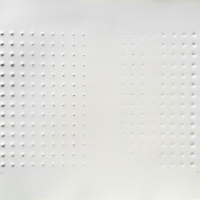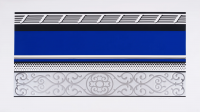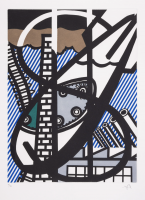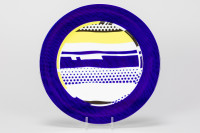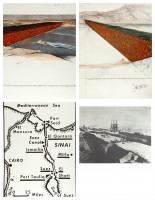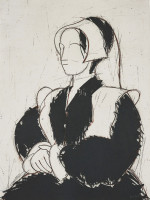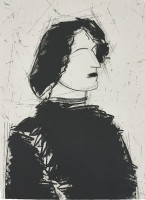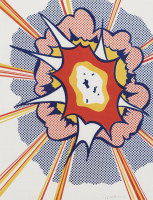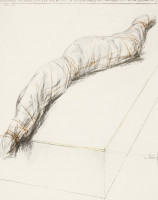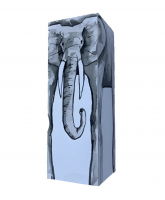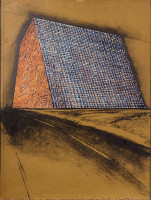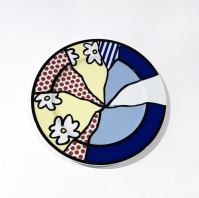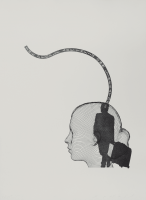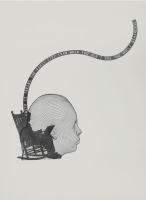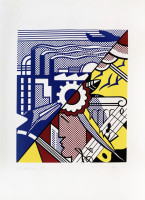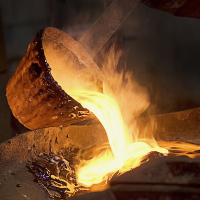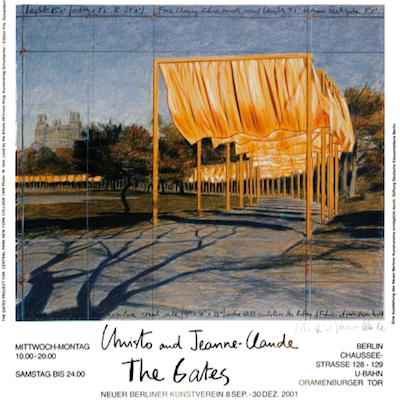
What is site specific art?
Site-Specific Art is a form of artwork created to exist in a particular location, with the artist considering the site as an integral part of the creative process. Robert Irwin was a key figure in promoting this art form in California. Site-Specific Art emerged as a reaction against modernist objects, which were often portable, commodified, and confined to museum spaces. In contrast, Site-Specific Art is inherently tied to its location, challenging the traditional notions of art as a transportable and marketable commodity.
Show All
- Show All
- Established
- Discoveries
A,B,C
ARTWORKS RELATED TO SITE SPECIFIC ART
Roy Lichtenstein
Two Paintings, from the Paintings series, 1984
Limited Edition Print
Mixed Media
USD 50,000 - 60,000
Roy Lichtenstein
Illustration for 'Une Fenêtre ouverte sur Chicago' (Corlett 271), 1992
Limited Edition Print
Etching and Aquatint
Inquire For Price
Roy Lichtenstein
Roommates from the Nudes series, 1994
Limited Edition Print
Relief printing
Inquire For Price
Javacheff Christo
Wall of 10 Million Oil Drums, Project for the Suez Canal, 1972
Limited Edition Print
Screen-print
EUR 3,000
Javacheff Christo
Texas Mastaba, Project For 500,000 Stacked Oil Drums, 1971
Limited Edition Print
Lithograph
USD 1,550
Jaume Plensa
The people are their own liberators, 2022
Limited Edition Print
Relief printing
Inquire For Price
Jaume Plensa
Faith is taking the first step even when you don’t see the whole staircase, 2022
Limited Edition Print
Relief printing
Inquire For Price
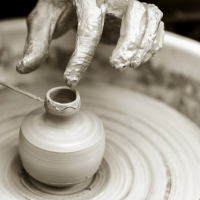
Ceramics is an art form that involves creating objects from clay. The clay is shaped, molded, and formed by hand or with specialized tools, then baked (or fired) in a high-temperature oven called a kiln. Decorative colors and special glazes can be applied to the surface, which are then fired again to finish the piece.
